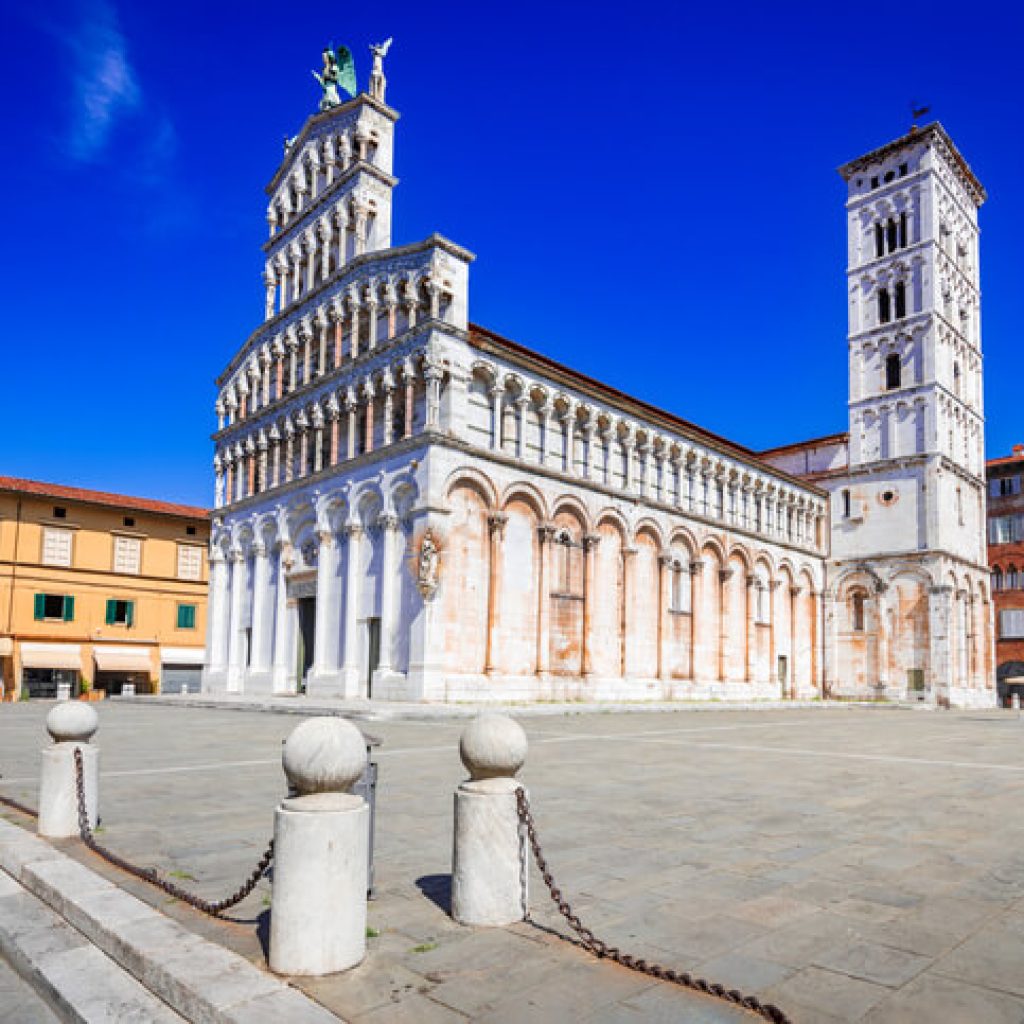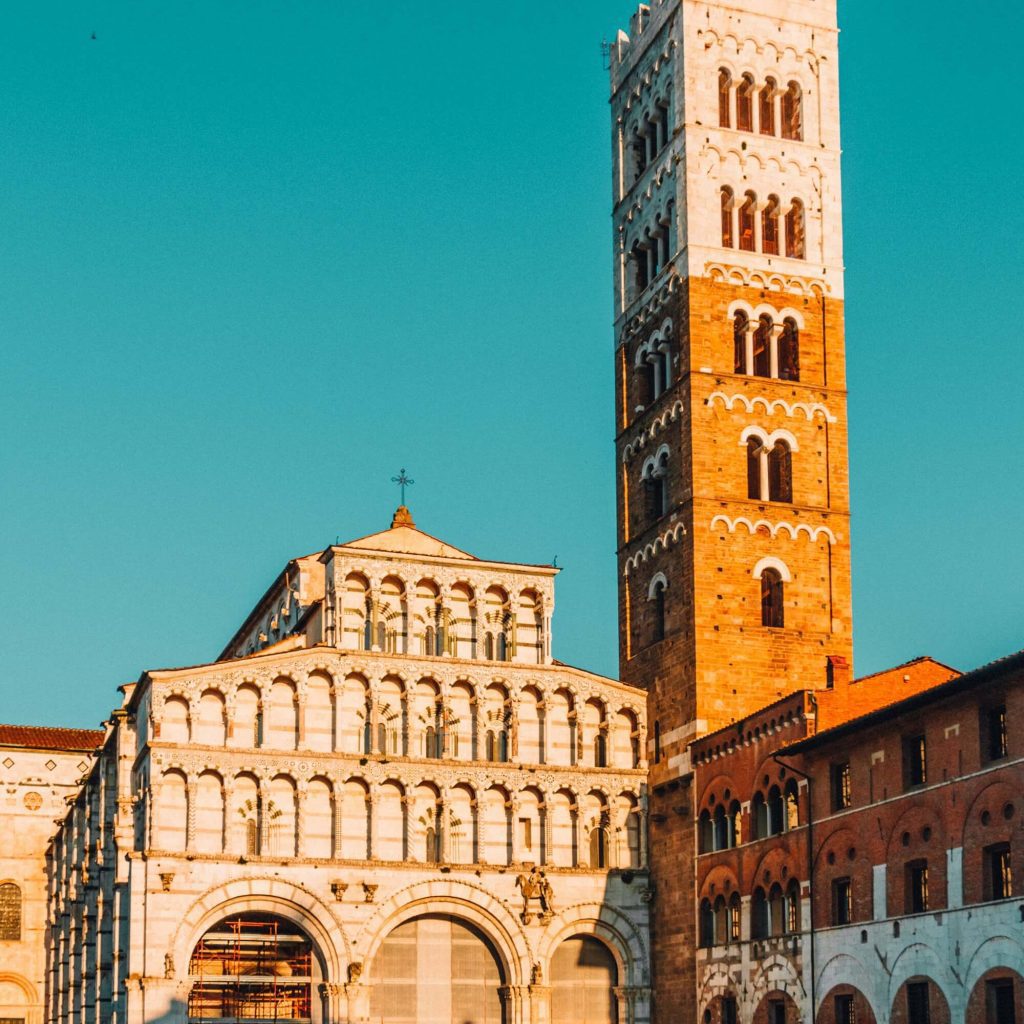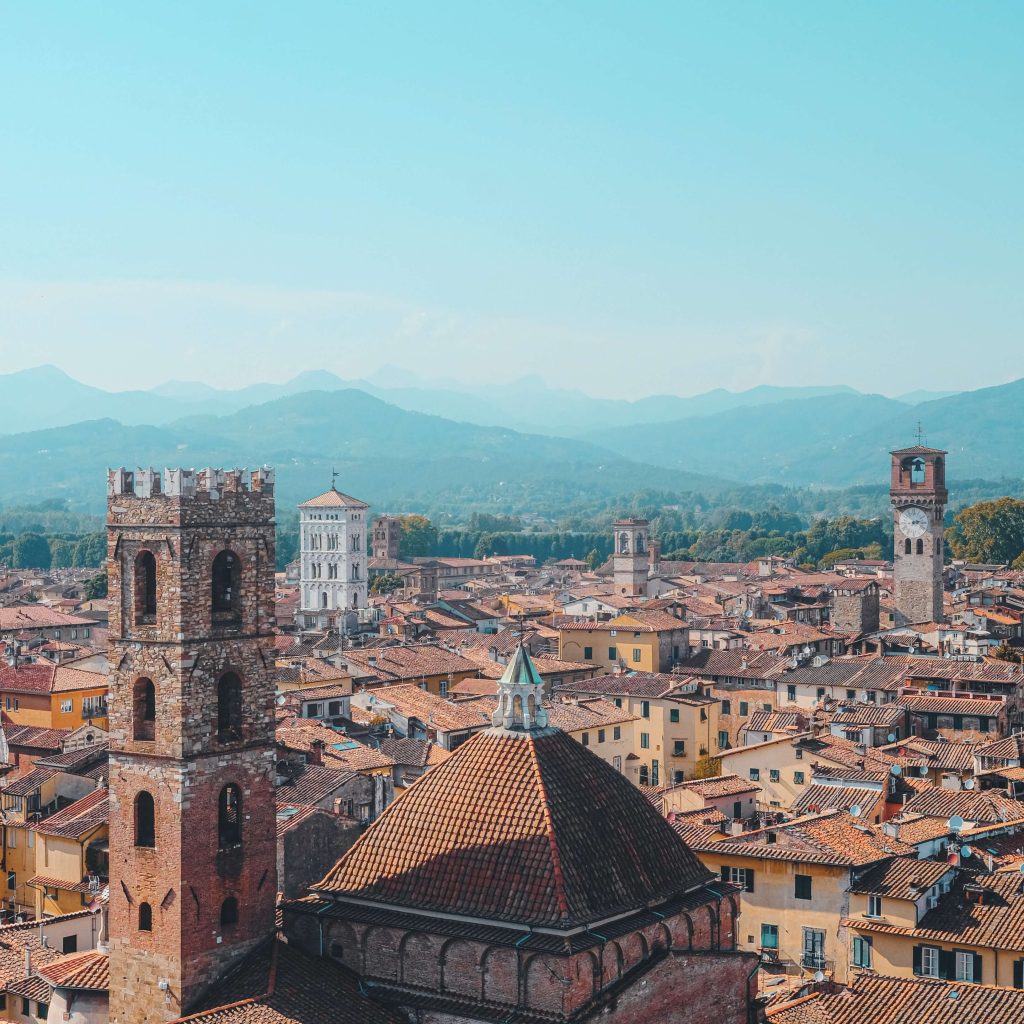Lucca
Just west of northern Italy lies along the Ligurian and Tyrrhenian Sea lies the city of Lucca. Lucca’s churches follow a distinctive style often basilican or Romanesque in structure, many have rich Gothic exterior decorations. Lucca’s fascinating town center is worth a visit. Its surroundings offer relaxing journeys, ancient legends, and natural wonders just waiting to be discovered.

Lucca: A Tour in One of the Italian Cities
Some say that traveling is not a form of escaping life but a way for life not to elude you. Why? It gives you the chance to unravel every wonder of the world you have yet to discover. Among the most attractive places in the world, Italy always happens to slip into the bucket list of people who love to travel. Yet even when you don’t have the wanderlust, it could certainly be one of the destinations you would want to visit at least once. You would get to set foot on the same land where the famous Leonardo da Vinci once roamed on. More so, who wouldn’t want to be in the same place where both pizza and pasta were born?
The point is that Italy is known for several sensational things, including its significant historical structures and Medieval constructs. However, if you’re planning to spend time in this country, you might want to first visit the place people label as a true haven—the city of Lucca.
Now, what made it a true haven? This article will uncover the finest qualities you’ll undoubtedly love about Lucca.
History
Like any other city globally, Italian cities hold prominent histories that most likely tell a story about how they’ve become what they are now. Even though most individuals can name a city in Italy, they might not fully understand its roots. If Lucca is a city that interests you, here’s a look into its old days before becoming the beauty it currently is.Although traces of a pre-existing Ligurian settlement were discovered earlier, it’s believed that the Etruscan civilization was the first to stumble upon Lucca before it became a colony of Rome in 180 BC.It’s near other Italian cities such as Parma, Florence, and Rome, so it was identified to be adequately well-off. Due to this, there was a time when Odoacer, a former king of Italy, plundered its way to Lucca.
In its succeeding years, specifically after 476 AD, Lucca was ruled by the Goths, the Byzantines, and then the Lombards, which was why it became the residence of one of the Lombard dukes in Tuscany. However, the passing of the title to this city did not end there. After 774, Frankish counts replaced Lombard dukes. Yet despite the change of leaders, the population remained composed of mostly Lombardian people.
Its significance grew in the 9th and 10th centuries as it was named the principal city of Tuscany. Unfortunately, this didn’t last long as it began to lose its prominence after being replaced by Florence in the late 10th century.

It is centered around marshy and fertile terrain close to the river Serchio while being inhabited by the Ligures. Early inhabitants were originally Ligures. Etruscans soon followed and at that time occupied most of northern Italy. In 180 BC, a Roman colony was established with its iconic Roman grid street plan. Afterwards in 89 BC, Lucca was elected to the status of Municipium. It was at Lucca that Julius Caesar, Pompey, and Crassus reaffirmed their political alliance known as the First Triumvirate.
Many centuries later Historical Romanesque structures such as the San Michele a church would be founded in 777. Particularly notable are the Cathedral of San Martino founded in the 6th century and completed 1070. Guinigi, a 45-meter tower known to have been built in the 1300s and San Frediano Church said to have been built in the same period.
Lucca’s Ducal palace was built in 1322 and refurbished in the following centuries. Palazzo Ducale represents the political and administrative center of Lucca in the last eight centuries. In 1430, a revolt occurred and Paolo Guinigi, Lucca’s lord at that time was replaced. As a result, Guinigi fell and the Republic of Lucca was restored. The building remained, which became the seat of the government of the Republic of Lucca.
In 1418, Museo Nazionale di Villa Guinigi was established. Originally a privately owned villa on Via della Quarquonia and was refurbished into a museum. It hosts pre-modern art collections and is owned by the city of Lucca. The museum emphasizes the Renaissance in Lucca wherein works of art were produced by Lucan artists as well as artists in nearby cities. At that time rich nobles and the church especially commissioned artists to create works of art. The museum traces the history of the city with its archaeological collection that stretches as early as 800 BC and modern art as well.
In 1667, the Palazzo Pfanner was built. Today the palace is converted into a museum of art and artifacts. Originally known as the Palazzo Controni, the building dates to 1667, and is widely known for its garden. In 1584, one of the most famous libraries in Europe, the Academy of Sciences was founded and built.
Lucca maintained its independence until it fell to the French in 1799. In that year Lucca came under the rule of Napoleon, who designated the city a principality and granted authority to his sister Elisa Bonaparte, wife of Felice Baciocchi. In 1820, the “Orto Botanico Comunale di Lucca” was established by Marie Louise, Duchess of Parma.
Decades later, Lucca joined the Kingdom of Italy in 1860. Lucca formally became part of the new Italian state with the proclamation of the kingdom on February 18, 1861. In 1943, Lucca remained relatively untouched by bombardment. Heavy fighting mainly occurred in Cities like Florence and Bologna. As a result, many of its Historical structures are well preserved such as the Bustling town square bordered by the remains of the ducal palace, shops and cafes and the occasional summer events.
Today, you can find trees growing on top of its walls and each of the four principal sides is lined with a different tree species. Unlike most Italian cities the walls around the ancient city remained intact as the city expanded and modernized all through the years. As opposed to its Military importance in ancient times nowadays it’s a popular tourist attraction. Instead of keeping strangers out, nowadays it allows people in and attracts tourists. Its’ walls have many spots to play and relax, especially around the bastions and ramparts equipped with benches and tables to spend time with family and friends.
Lucca’s historic center, with its medieval towers, handsome churches and excellent restaurants, is an ideal place for walking, biking and shopping. Lined with ancient craft workshops and shops, the narrow city-center streets give visitors a true feeling of the bustling, daily life of the city, while the abundance of produce offers tourists a taste of Tuscan cuisine.

Have you ever wondered what it’s like to see an authentic mansion belonging to an authentic noble family? Well, say no more, as Guinigi Tower is not only a single mansion but a complex of two. The massive tower is said to have oak trees growing on its top. Imagine having your park in your own mansion — cool, right?

Top Attractions
Like all other historical structures, the two mansions built in the 14th to 15th centuries were also altered in the later years. It’s now openly visited by tourists as one of the two buildings contains the National Museum, where tourists can view the city from the top at a height of 44.25 meters. It might not be fun for those who fear heights, but it’s definitely worth the try!
Roman Amphitheater
The Roman Amphitheater, also known as the Anfiteatro Romano, was built during the 2nd century. However, it was severely destroyed when the barbarians invaded the place; thus, leaving only its remains that are currently lying underneath. So, if you’re expecting to see an actual well-preserved arena, then this isn’t it. Yet on the bright side, you might actually see the arena’s oval outline since the people decided to build houses on its remains during the Middle Age to maintain its shape. Despite not being the actual amphitheater, knowing it lies beneath the place is thought to matter the most.
Cathedral
Out of the hundreds of churches in Lucca, one should never miss visiting the Cathedral, which was rebuilt in the 13th century. Its façade is known for its explicit carves and arches. A look into its interior will uncover innumerable fine sculptures, paintings, and stained glass dating from the 13th to the 15th century. A few included in these are St. Martin and the beggar sculpture, paintings in the sacristy, and Madonna. The Cathedral is said to hold several treasures. Some of them are the medieval hymnals and intricate gold work, which includes the crucifix by Pisani. Among its riches, regarded as the most notable one, is the effigy of Christ on the Cross — the Volto Santo.
Accommodation
In traveling, one of the most important things to determine is where you’ll be staying. Although some choose not to prioritize this since the sites are the ones to look forward to, it’s still best to have a cozy place to rest in after all the sightseeing activities you have gone through. With that in mind, one of the best hotels that you can stay in is the Grand Hotel Guinigi. It’s near a train station, which may be advantageous to your travel journey. But you can also easily visit some famous local landmarks such as the Porta Elisa — which, by the way, is only a two-minute drive from the hotel.
More so, it’s a four-star hotel that offers a variety of amenities such as restaurants, a spa, and a wellness center. After all, nothing beats a pleasant, relaxing experience after all the walking and activities.

